What is a Dermascope Used For?
Understanding the Dermascope
A dermascope is an essential instrument in both dermatology and cosmetic settings, designed to examine the skin in great detail. This specialized tool combines advanced lighting and magnification techniques to reveal skin lesions and other characteristics that may not be visible to the naked eye. The practice of using a dermascope is known as dermoscopy, a technique that has revolutionized how professionals evaluate skin conditions in various environments, from clinics to beauty salons.
The Anatomy of a Dermascope
A typical dermascope comprises several critical components that work together to enhance visualization:
|
Component |
Description |
|
Light Source |
Illuminates the skin for optimal visibility |
|
Lens |
Magnifies skin surfaces for detailed analysis |
|
Camera (in digital models) |
Records images for further evaluation |
Dermascopes are primarily categorized into two types: traditional and digital. Digital dermatoscopes offer enhanced capabilities, such as image storage, real-time analysis, and integration with software tools that aid in documenting patient histories and treatment progress. This technology not only improves efficiency but also enhances the accuracy of diagnoses, making it a valuable asset in both dermatological and cosmetic practices.
Applications of a Dermascope
Detailed Examination of Skin Lesions
One of the most significant uses of dermatoscopes is for examining skin lesions. Dermatologists and beauty professionals alike can analyze moles, freckles, and various skin abnormalities to discern their characteristics. The enhanced visualization afforded by dermoscopy allows for deeper insights into the skin's structures, facilitating the identification of features that may indicate benign or malignant conditions. For instance, specific patterns observed in moles can help differentiate between harmless nevi and potentially dangerous melanoma.
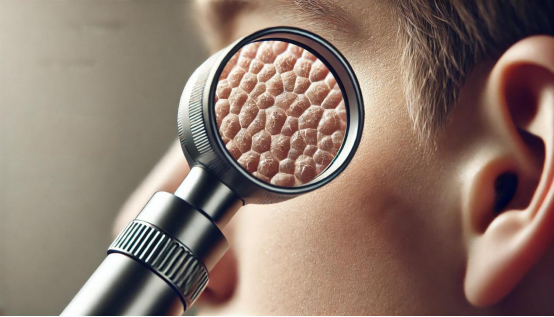
Enhancing Diagnostic Accuracy
Dermoscopy plays a pivotal role in elevating diagnostic accuracy. It provides professionals with the means to closely inspect skin lesions, enabling the detection of early signs of skin cancer, including melanoma. This early identification is crucial for improving treatment outcomes. Research indicates that dermoscopy significantly enhances diagnostic precision compared to traditional methods, reducing the likelihood of misdiagnosis. A systematic review found that dermoscopy improved melanoma detection rates by over 30%, demonstrating its vital role in skin health management.
Monitoring Existing Skin Conditions
Dermascopes also play a vital role in the ongoing monitoring of existing skin conditions. For patients with chronic skin issues such as psoriasis or eczema, regular assessments using a dermascope can help track changes and evaluate the effectiveness of treatments. This continuous monitoring supports dermatologists and beauty professionals in making informed clinical decisions regarding patient management. For example, tracking the progression of psoriasis can inform treatment adjustments and improve patient outcomes.
Applications in Beauty Salons and Cosmetic Stores
In addition to medical settings, dermatoscopes have become increasingly popular in beauty salons and cosmetic stores. Here, they serve as valuable tools for skin analysis, allowing beauty professionals to offer personalized consultations based on the unique needs of each client. By utilizing dermatoscopes, estheticians can assess skin types, identify issues like sun damage or pigmentation irregularities, and recommend tailored treatments or products.
For example, a beauty professional can use a dermascope to examine a client's skin condition before performing a facial or applying makeup. This in-depth analysis ensures that treatments are not only effective but also safe for the individual’s skin type. Furthermore, beauty salons can use dermatoscopes to enhance customer education, providing visual evidence of skin health and encouraging informed choices regarding skincare routines and products.
Historical Perspective on Dermoscopy
Dermoscopy has evolved significantly since its inception. The technique dates back to the 19th century, with early versions of the dermascope focusing on magnifying the skin using simple lenses. Over time, advancements in optical technology and the introduction of digital imaging have transformed dermoscopy into a sophisticated diagnostic tool. Today, practitioners not only utilize dermatoscopes for diagnosis but also for educating patients about their skin conditions and treatment options.
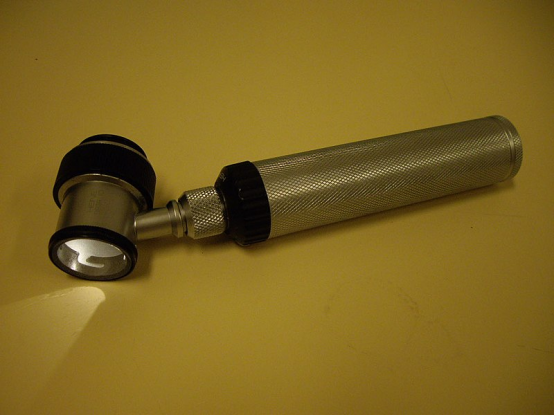
Benefits of Using a Dermascope
The advantages of employing a dermascope are substantial, particularly in enhancing skin health and beauty:
· Enhanced Visualization: The combination of magnification and illumination enables dermatologists and beauty professionals to observe intricate details that might otherwise be missed, allowing for earlier intervention and more accurate recommendations.
· Non-invasive Approach: Dermoscopy is a non-invasive procedure, requiring no surgical interventions, making it a safe choice for clients seeking skin evaluations.
· Patient and Client Education: Dermoscopy allows professionals to show clients visual evidence of their skin conditions, fostering better understanding and compliance with treatment plans.
The Future of Dermatoscopy
The future of dermatoscopy appears bright, particularly with ongoing technological advancements. The incorporation of artificial intelligence (AI) into dermatoscopes is poised to assist in image analysis, potentially improving diagnostic accuracy. AI algorithms can learn from vast datasets of skin images to help identify subtle patterns that may escape even seasoned dermatologists. Additionally, teledermatology is gaining traction, enabling patients to consult remotely, often using dermatoscopic images for comprehensive assessments. This integration not only broadens access to dermatological care but also enhances convenience for clients seeking beauty services.
Case Studies Demonstrating Dermatoscope Efficacy
Several case studies highlight the effectiveness of dermoscopy in clinical practice. In one study, dermatologists utilized dermatoscopes to monitor a cohort of patients with high-risk moles. The tool enabled earlier detection of malignant transformations, significantly improving patient outcomes. Another case demonstrated how dermoscopy helped distinguish between benign seborrheic keratosis and squamous cell carcinoma, showcasing its critical role in accurate diagnosis. These examples underscore the importance of dermatoscopes not just in medical settings but also in beauty and wellness environments.
Conclusion
Dermoscopy stands as a valuable asset in contemporary dermatology and beauty care, facilitating the examination of skin lesions and enhancing diagnostic accuracy. With continuous advancements in technology, the relevance and application of dermascopes in clinical practice and beauty salons are expected to expand significantly. As the field progresses, the integration of digital tools and AI will likely revolutionize patient care, making skin evaluations even more effective and accessible.
About iMoreMe
As a leading manufacturer of dermascopes, iMoreMe is dedicated to delivering high-quality dermatological products that cater to both medical and beauty professionals. Our dermatoscopes are designed with user-friendly features and reliable technology, ensuring that practitioners can provide top-notch care for their clients. We recognize the significance of accurate skin examinations and are committed to supporting healthcare and beauty professionals in their vital work.
Table of Contents
Related information
How can we help you?
Have specific questions or requests? Fill out our inquiry form, and our dedicated team will get back to you promptly. Your inquiries are important to us, and we are committed to providing comprehensive and personalized responses tailored to your needs.


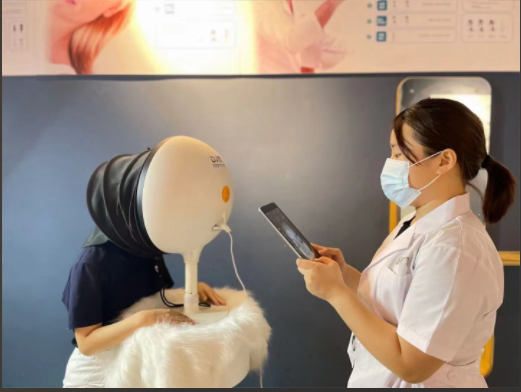
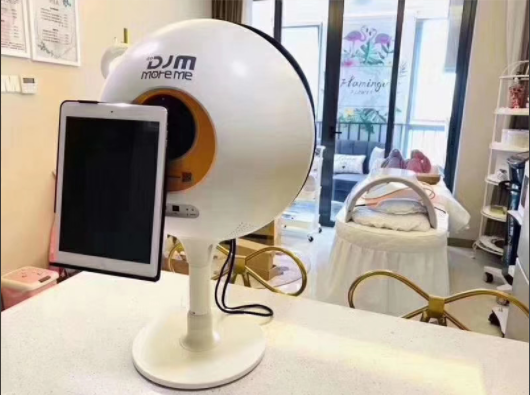
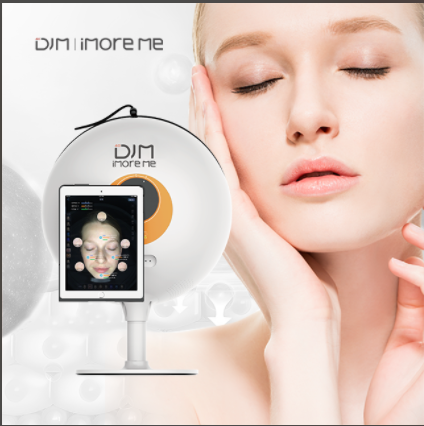
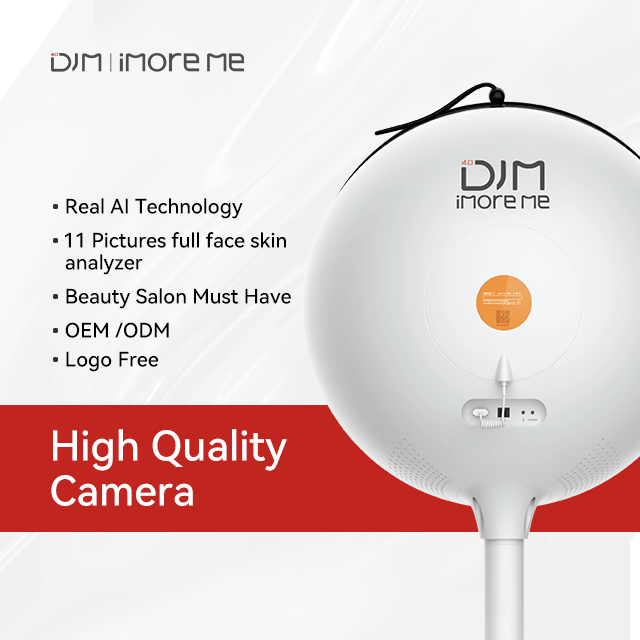
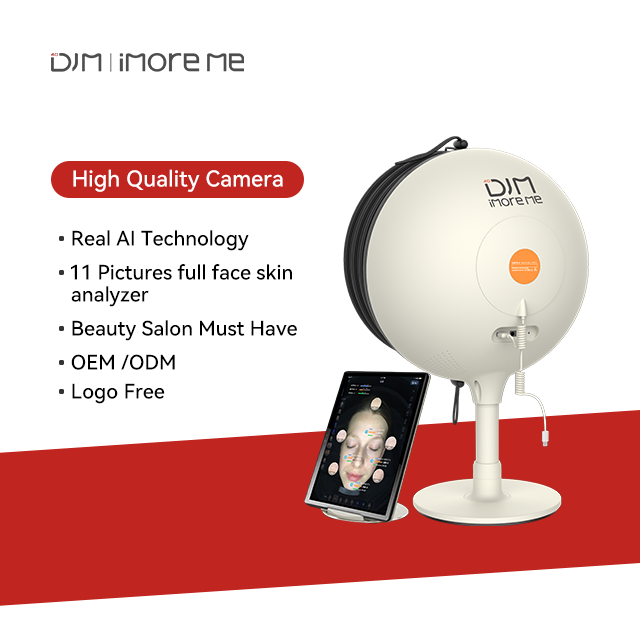
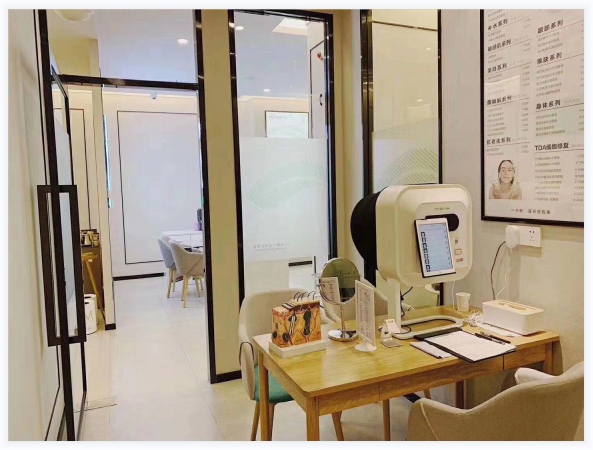
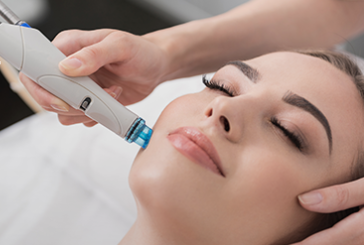
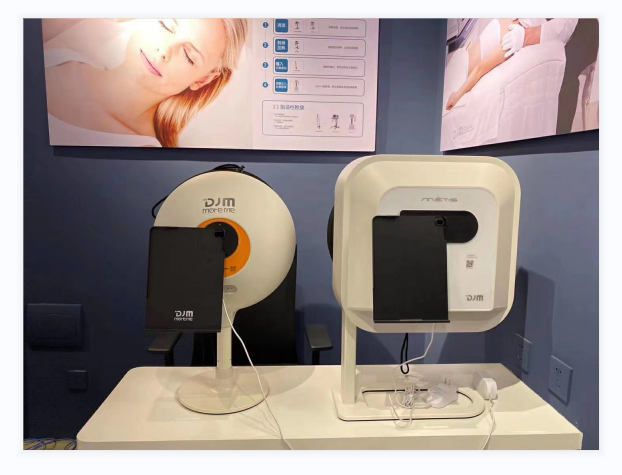


 Reach out to us today!Whether you are preparing to start your own
business in the beauty industry, are ready to upgrade your
equipment, or are just interested in our products,Contact us
today, and let’s explore how we can partner to achieve your goals
and drive your success to new heights!
Reach out to us today!Whether you are preparing to start your own
business in the beauty industry, are ready to upgrade your
equipment, or are just interested in our products,Contact us
today, and let’s explore how we can partner to achieve your goals
and drive your success to new heights!
